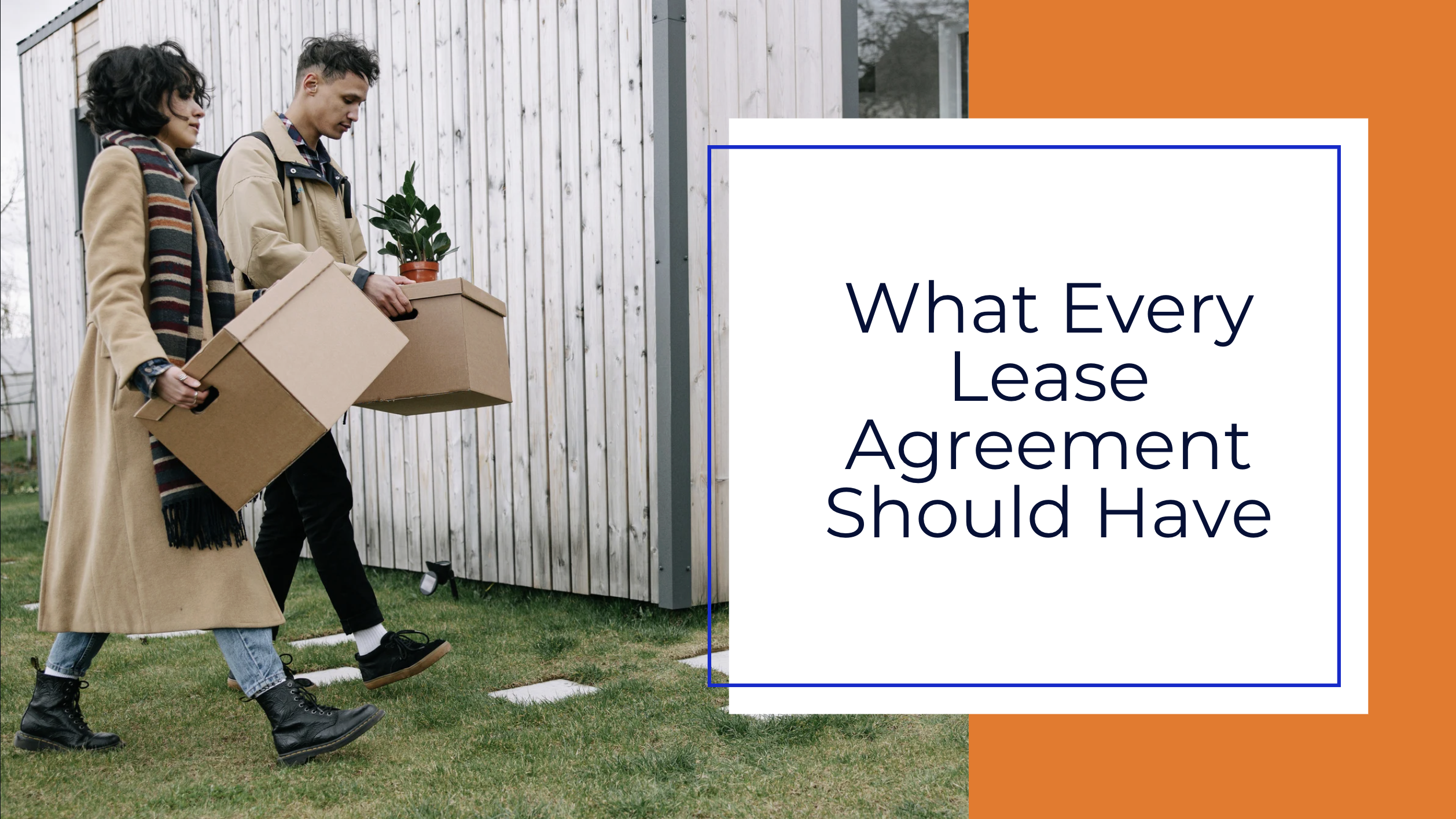A strong lease agreement is the backbone of a successful rental experience. It protects your property, sets clear expectations, and helps prevent costly disputes. However, even experienced landlords can overlook key clauses that make all the difference when problems arise.
That’s where working with a partner like Flat Fee Landlord becomes a smart move ensuring your lease is not just standard, but strategic.
The Essentials: What Every Lease Should Include
At its simplest, a lease agreement must clearly outline the basic elements of the tenancy. Legal-resources agree that a comprehensive lease should include at least: the full names of all tenants and occupants, the property address (including unit, if applicable), the lease term (start and end dates), the monthly rent amount and due date, security deposit details, maintenance and repair responsibilities, and rules for pets, smoking, guests, etc.
By covering these fundamentals, you establish the baseline of the relationship between landlord and tenant, which is essential for clarity and enforceability.
Key Clauses Most Landlords Miss
Beyond the essentials, the real protection comes from the clauses many leases omit or treat superficially. Good lease drafting means thinking ahead to what might go wrong and building in protections.
1. Early Termination Fees and Lease Break Penalties
What happens if a tenant wants to break the lease early, whether to move for a job, buy a home, or just bail out? Without a clear clause, you’re left chasing rent, marketing the unit again, and absorbing vacancy costs. Early termination clauses are one of the top protective provisions landlords should implement.
At Flat Fee Landlord, our lease includes defined early termination fees (for example: a set fee plus the cost of re-leasing) and language that the tenant remains liable for the utilities and rent until re-rented or their lease term ends. This gives our partners compensation and clarity upfront.
2. Responsibility for Filter Changes and Routine Maintenance
Many landlords assume tenants will change HVAC filters, clean gutters, handle pest control, or other routine tasks — but if it’s not in writing, enforcement is weak and the cost often falls back to you. Your lease should clearly define repair and maintenance responsibilities for both parties.
Flat Fee Landlord’s lease spells out tenant responsibilities for filter changes and routine upkeep like lawncare and long-term upkeep, which helps our partners to avoid costly system damages and ambiguous disputes.
3. Payment Methods and Portal Fees
How tenants pay rent and what happens if payment fails should be explicit. Many leases specify due date and amount, but fewer specify payment methods accepted, portal fees, or convenience charges.
When a lease includes these terms, you benefit from reliable payments and reduced late-fee ambiguity.
In our model, Flat Fee Landlord requires rent payment via our portal, with the tenant responsible for any convenience/administrative fees, which reduces payment friction and aligns convinence incentives.
4. Clear Procedures for Lease Violations and Remedies
If a tenant violates terms (e.g., unauthorized residents or pets, smoking, or subleasing), what happens? Without specific remedies, your options are weaker. These can trigger eviction proceedures, fee structures, right of entry, and default terms, but only if they’re written into the lease upfront.
Our lease provides explicit language giving Flat Fee Landlord the authority to act on your behalf for collection, enforcement, and legal remedies, so you’re not left scrambling when issues arise.
5. Management Authority
If you’re working with a property manager, like Flat Fee Landlord, the lease should reflect that relationship clearly. It should specify that the manager is authorized to collect rent, issue notices, coordinate maintenance, enforce terms, and act as an agent for the owner. Without that clause, the tenant might question the manager’s authority and you risk operational confusion or disputes.
Flat Fee Landlord’s model lease includes management authority language, so you’re covered operationally and legally.
Generic lease templates are useful starting points, but they often lack strategic protections and tailored clauses that experienced managers include. Here’s how our approach adds value:
Up-to-date, robust lease templates: We review and update leases to reflect current legal requirements and best-practice clauses (including those many independent landlords miss).
Full service beyond the lease: Screening, rent collection, maintenance, compliance — you don’t just get a lease, you get a system.
Clarity and peace of mind: When your lease includes strategic protections — early termination, payment structure, management authority — your risk is lower, your enforcement stronger, and your investment better protected.
A well-drafted lease is far more than a formality. It’s your frontline tool for protecting your rental property, setting clear expectations, reducing disputes, and preserving your income stream. If your lease stops at the rent amount and term, you’re missing key opportunities to safeguard your investment.
By partnering with Flat Fee Landlord, you get a lease that’s not just legal — it’s strategic. Ready to protect your property and your peace of mind? Let us handle the details so you don’t have to worry about what you might have missed. Schedule a call with us today.


